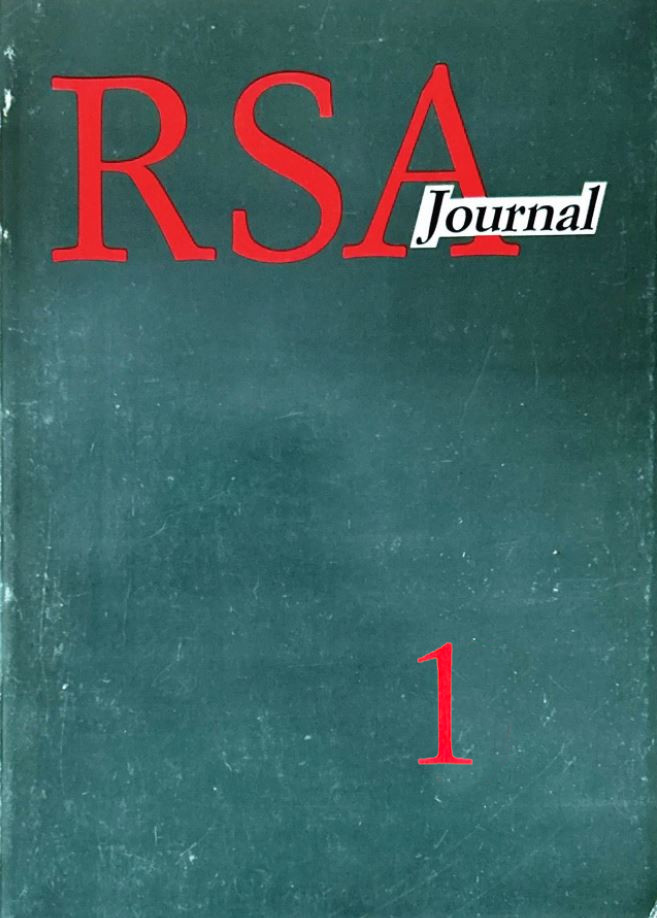“The Coquette” or the Ambiguities
On the Fiction and the Reality of Independence in the New Republic
DOI:
https://doi.org/10.13135/1592-4467/9084Keywords:
fiction, reality, seduction narrative, redemption narrative, Hannah FosterAbstract
In The Coquette (1797), Hannah Foster creates the first female individualist in American literature, Eliza Wharton, but places her within the restrictive and punitive confines of a conventional seduction narrative. The heroine's covert manipulation of sexual double-standards emerges as an ill-fated, single-handed fight against larger socio-biological forces, and results in ruin and death. The rhetoric of renunciation in which Eliza's doubtful redemption narrative is couched barely disguises the innovative and disturbing quality of her story.
Downloads
Published
Issue
Section
License
RSAJournal applies a CC BY-NC-ND license to all its contributions. This license enables reusers to copy and distribute the material in any medium or format in unadapted form only, for noncommercial purposes only, and only so long as attribution is given to the creator. CC BY-NC-ND includes the following elements:
- BY: credit must be given to the creator.
- NC: Only noncommercial uses of the work are permitted.
- ND: No derivatives or adaptations of the work are permitted.
Authors who publish with this journal agree to the following terms:
- Authors retain the copyright and full publishing rights for their submissions to the journal.
- Authors grant the journal right of first publication with the work simultaneously licensed under a Creative Commons Attribution-NonCommercial-NoDerivatives 4.0 International License that allows others to share unedited work for non-commercial purposes with an acknowledgement of the work's authorship and initial publication in this journal.
- Authors are able to enter into separate, additional contractual arrangements for the non-exclusive distribution of the journal's published version of the work (e.g., post it to an institutional repository or publish it in a book), with an acknowledgement of its initial publication in this journal.




